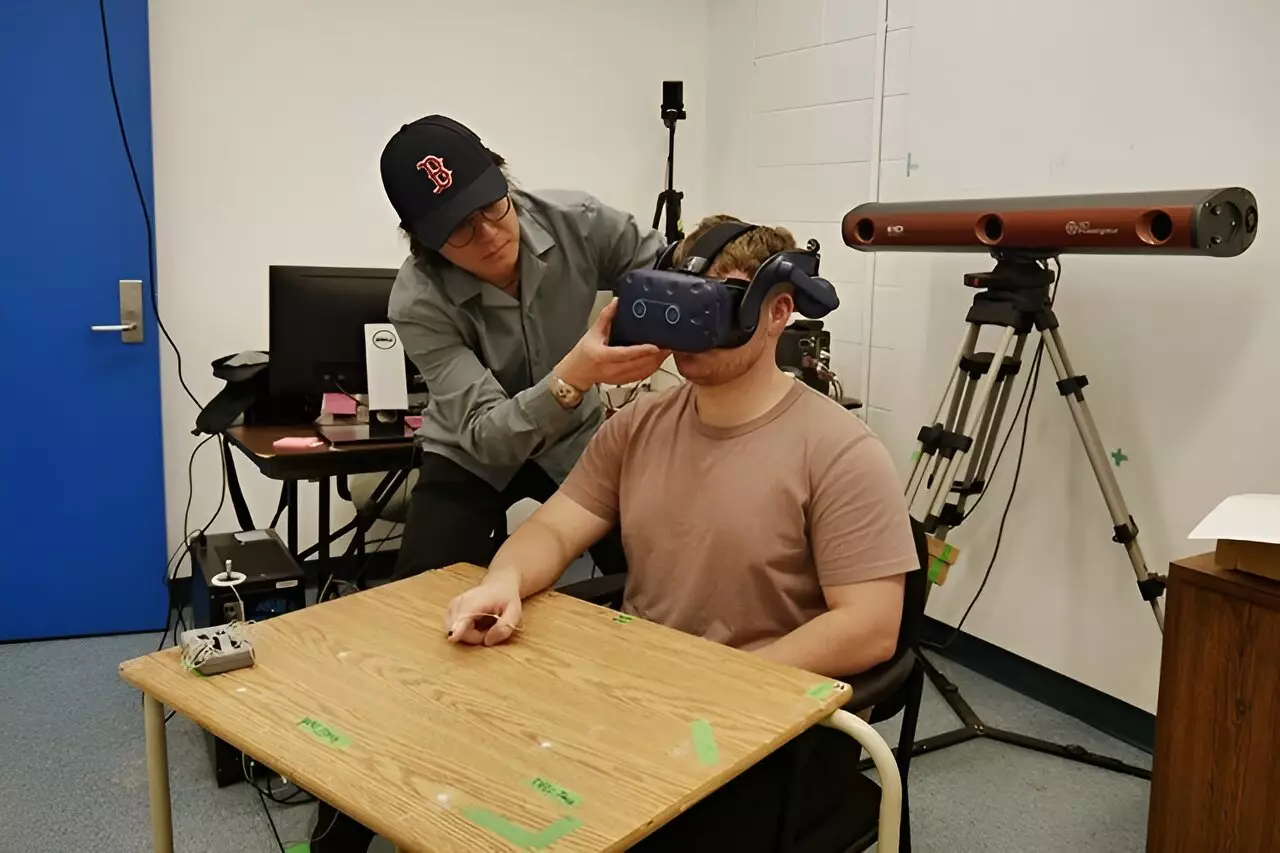The use of virtual and augmented reality (VR and AR) has been a hot topic in recent years, with a wide range of industries incorporating these technologies into training programs. A study conducted by researchers at the University of Toronto delved into how using VR and AR can affect the way individuals perceive and interact with the real world. The findings of the study, published in the journal Scientific Reports, shed light on the temporary changes in movement patterns and accuracy in the real world after exposure to VR and AR.
One of the key findings of the study was that participants exhibited different movement patterns in VR and AR, leading to errors in movement accuracy upon returning to the real world. Those who used VR tended to undershoot their targets, while those who used AR tended to overshoot. This discrepancy in movement accuracy was evident immediately after using VR or AR but diminished over time as participants re-adapted to real-world conditions.
Surprising Findings
The researchers were surprised by two major findings. Firstly, they discovered that movement patterns in VR and AR could impact real-world movements, highlighting the potential challenges of transferring skills learned in virtual environments to real-life scenarios. Secondly, they observed that the effects of AR wore off more quickly compared to VR, as participants readjusted faster to real-world conditions after using AR. This difference was attributed to the fact that AR allows users to maintain awareness of their actual surroundings, enhancing their sense of depth and distance.
Implications for Training and Skill Development
The study emphasizes the importance of understanding how VR and AR technologies can influence real-world performance, particularly in industries like surgery, aviation, and driving. The researchers stress the need to recognize the limitations and effects of these technologies to ensure their safe and effective use in training programs. By acknowledging the challenges associated with transferring skills from VR and AR to real-world tasks, organizations can optimize the training process and minimize negative after-effects.
Moving forward, the researchers plan to investigate how different types of VR and AR experiences, such as immersive scenarios, impact real-world performance. They also aim to explore the role of training duration and individual differences in adaptation and readjustment to virtual environments. By gaining a deeper understanding of how VR and AR systems affect users, the research team hopes to design technologies that maximize training potential while minimizing adverse effects.
The study conducted by the University of Toronto highlights the transformative influence of VR and AR on real-world performance. By uncovering the temporary changes in movement patterns and accuracy induced by these technologies, the researchers offer valuable insights for industries seeking to integrate VR and AR into training programs. As technology continues to advance, understanding the implications of VR and AR on human behavior and performance is critical for harnessing the full potential of these innovative tools.



Leave a Reply